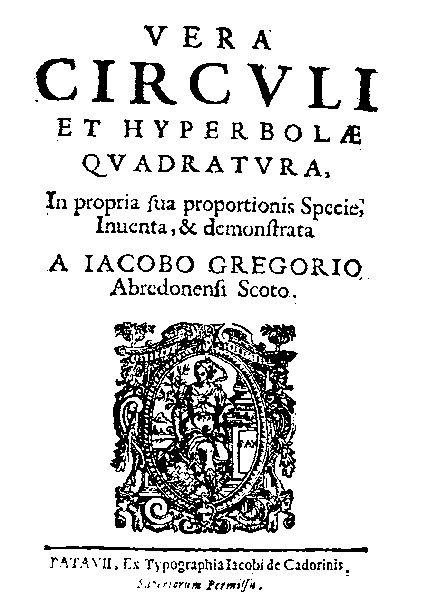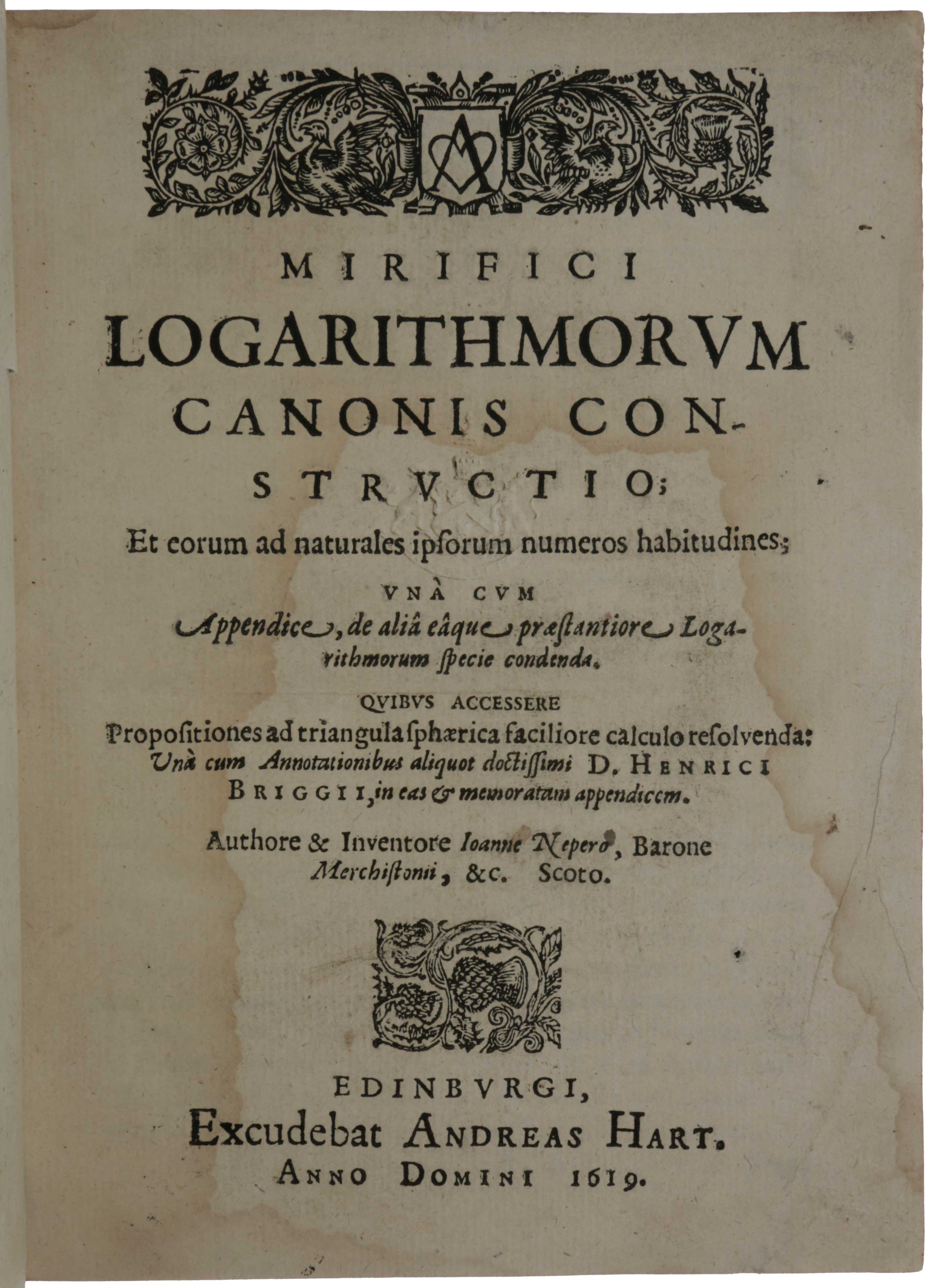
Klemm, F.: Ernst Gottfried Fischer, Neue Deutsche Biographie, vol. IV, Frankfurt/Main, Erlangen, Heyder & Zimmer 1863 Hobbes, T.: Elementorum philosophiae sectio prima De Corpore, London, Crook 1655 Heath, T.: A History of Greek Mathematics, New York, Dover 1981, 2 vols. Harriot, T.: Artis Analyticae Praxis, London, Barker 1631 Gregory, J.: Vera Circuli Et Hyperbolae Quadratura, Padua, Heredes Frambotti 1668 XIII, ed.: Gillispie, New York, Scribner 1976, 433–440 Gliozzi, M.: Evangelista Torricelli, in: Dictionary of Scientific Biography, vol. G.: Untersuchung über den eigentlichen Sinn der höheren Analysis, nebst einer idealischen Übersicht der Mathematik und Naturkunde nach ihrem ganzen Umfang, Berlin, Weiss 1808įromond, L.: Labyrinthus sive de compositione continui, Antwerpen, Moret 1631 II, Paris, Gauthier-Villars 1894įischer, E. X, Paris, Cerf 1908Įuklid: Die Elemente, ed.: Clemens Thaer, 5 Teile, Leipzig, Akademische Verlagsgesellschaft 1933, reprint Leipzig 1984įermat, P.: Œuvres, vol.

III, ed.: Gillispie, New York, Scribner 1971, 149–153Ĭavalieri, B.: Geometria Indivisibilibus promota, Bologna, Ferronius 1635Ĭavalieri, B.: Exercitationes Geometricae Sex, Bologna, Montius 1647ĭescartes, R.: Œuvres, ed.: Adam/Tannéry, vol. II, Leipzig, Teubner 1913Ĭarnot, L.: Géométrie de position, Paris, Duprat 1803Ĭaruccio, E.: Bonaventura Cavalieri, in: Dictionary of Scientific Biography, vol. 7, Leipzig, Duncker & Humblot 1878, 62–63Ĭantor, M.: Vorlesungen über Geschichte der Mathematik, vol.

Heinekamp, Stuttgart, Franz Steiner 1986, 119–132īreger, H.: Mathematik und Religion in der frühen Neuzeit, Berichte zur Wissenschaftsgeschichte, 18, 1995, 151–160īreger: Tacit Knowledge and Mathematical Progress, in: The Growth of Mathematical Knowledge, Grosholz/Breger (eds.), Dordrecht, Boston, London, Kluwer 2000, 221–230īreger, H.: Fermat’s Analysis of Extreme Values and Tangents, Studia Leibnitiana 45, 2013, 20–41Ĭantor, M.: Ernst Gottfried Fischer, Allgemeine Deutsche Biographie, vol. II, Rome, Istituto della Enciclopedia Italiana 1990īreger, H.: Leibniz’ Einführung des Transzendenten, in: 300 Jahre Nova Methodus von Leibniz, ed.: A. On the Concept of Analysis in JohnWallis’ Mathematical Writings, Studia Leibnitiana 45, 2013, 42–58īos, H.: The Structure of Descartes’ Géométrie, in: Descartes: il Metodo e i Saggi, ed.: Belgioioso/Cimino/Costabel/Papuli, vol. Lectiones mathematicae, in: Barrow: The Mathematical Works, Cambridge, University Press 1860a, 23–378īarrow, I.: Mathematici Professoris Lectiones, in: Barrow: The Mathematical Works, Cambridge, University Press 1860b, 379–414īarrow, I.: Lectiones opticae et geometricae, in: Barrow: The Mathematical Works, Cambridge, University Press 1860c, 155–320īeeley, Ph.: Nova methodus investigandi.
Vera circuli et hyperbolae quadratura archive#
Hyperbola and Limacon of Pascal (both in red dots).Įquations of polynomials of degree 2 with 2 variables have cross sections that are hyperbola, ellipse, parabola in various ways.Andersen, K.: Cavalieri’s Method of Indivisibles, Archive for History of Exact Sciences 31, 1985, 291–367Īrnauld, A./Nicole, P.: La Logique ou l’art de penser, Paris, Savreux 1662īarrow, I. The inversion of any hyperbola with respect to a focus is a limacon of Pascal Right: Hyperbola (purple) and a right strophoid (red dots). Left: hyperbola and lemniscate of Bernoulli (both in red dots). If the inversion point is at a vertex, the inversion curve is a right strophoid. The inversion of a rectangular hyperbola with respect to its center is again a lemniscate of Bernoulli. The pedal of a rectangular hyperbola with respect to its center is a lemniscate of Bernoulli The pedal of a hyperbola with respect to a focus is a circle. The catacaustic and diacaustic of a hyperbola with eccentricity 2.5. Light rays coming from one focus of a hyperbola will refract to the other focus. The locus of intersection g and B1, as D moves on the circle, is a hyperbola.Let there be a line passing B1 and parallel to x-axis.Let there be a line g, passing E and parallel to y-axis.

Let the intersection of this circle and positive x-axis be E.


 0 kommentar(er)
0 kommentar(er)
